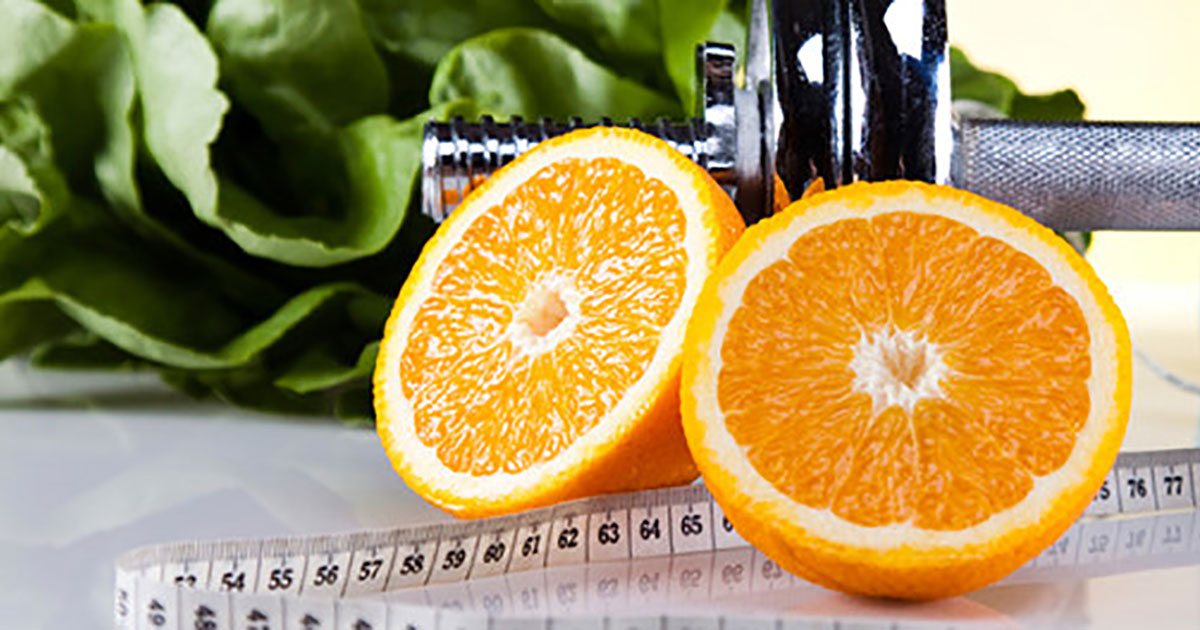Take a moment to think about how your body felt after your last hard workout. Now imagine what would happen if your body still felt that way when it was time to do your next workout.
You wouldn’t perform very well, would you? This little thought experiment should give you an appreciation for the importance of recovery in the training process.
As a general rule, your next workout can only be as good as your recovery from the last one. And recovery from workouts depends heavily on nutrition.
Food provides the raw materials your body needs to process fatigue and restore “homeostasis” after workouts so your body is 100 percent ready for the next one.
Over the past 20 years, scientists have learned a lot about how nutrition can be used to maximize post-workout recovery. Their research has produced the following five rules of recovery nutrition.
Rule 1: Eat quickly
In the first hour or two after a workout, your body is in a unique hormonal state that allows it to take maximum advantage of nutrition for recovery. If you consume the right nutrients within this key window you will recover much faster than you would if you ate the same meal later.
Rule 2: Eat carbs
Your body burns a lot of carbs during workouts. Even low-intensity workouts done in the so-called fat-burning zone burn a lot of carbs because at any given intensity of exercise your brain consumes 20 percent of the total fuel you’re using and the brain runs entirely on carbs.
Carbohydrate is also the most limited fuel source in the body, so it’s important to start the process of replenishing your carb stores soon after completing each workout.
There’s no need to cram down a giant bowl of spaghetti straight out of the shower. What’s most important is that the total amount of carbohydrate you consume between workouts is sufficient. A modest-size dose of 30 to 40 grams of carbs in the first hour after exercise is enough to take advantage of the nutritional recovery window I described above.
A single large banana provides 30 grams of carbs. The bowl of spaghetti (or whatever) can come later at a regular mealtime.
Rule 3: Eat protein
In addition to using up fuel stores in your muscles and liver, workouts cause damage to muscle cells. Dietary protein is needed to repair that damage.
But there’s another benefit to including protein in your post-workout snack: research has shown that when carbs and protein are consumed together after exercise, both muscle refueling and muscle repair proceed more quickly than when either carbohydrate or protein is consumed alone.
A little protein goes a long way during the post-workout nutritional recovery window. In fact, studies have demonstrated that the body is unable to make use of more than 10 grams of protein in the first hour after exercise.
This doesn’t mean you can’t eat more, just that you don’t need to. One serving of Greek yogurt contains 13 grams of protein.
Rule 4: Eat real food when possible
A large variety of recovery supplements—shakes, bars, and so forth—are marketed to runners and other endurance athletes. Many of these products are effective and nutritious, but real foods can be just as effective and are generally more nutritious.
Supplements have their place, but it’s a good idea to rely on real food whenever possible, and it’s usually possible to use real food for recovery nutrition.
Examples of convenient foods that provide the carbs and protein needed for recovery are old-fashioned oatmeal with almond slivers and blueberries and a sandwich with turkey, cheese, veggies and avocado on whole grain bread.
Save the supplements for workouts done away from home, when it may not be possible to consume real food within an hour of finishing up.
Rule 5: Drink!
Recovery nutrition is not all about eating, of course. It’s also important to rehydrate after workouts. There’s no need to aim for certain targets of fluid intake. Your thirst will guide you. The good old “pee test” is also helpful. If you drink enough so that your urine stream is clear two hours after your workout is over, you are fully rehydrated.
It is possible to get the carbs, protein, and fluid you need to maximize recovery from a single source. A fruit smoothie with protein powder is one option. Low-fat chocolate milk is another. Liquid recovery is a good way to go after high-intensity workouts that tend to suppress appetite for a while and make solid foods unappealing.
It’s Not Rocket Science
Recovery nutrition is not complicated, but it is important.
If you make a daily habit of prompt and proper post-workout nutrition you will be well rewarded with less muscle soreness, greater energy, better workouts, and ultimately faster race times.



